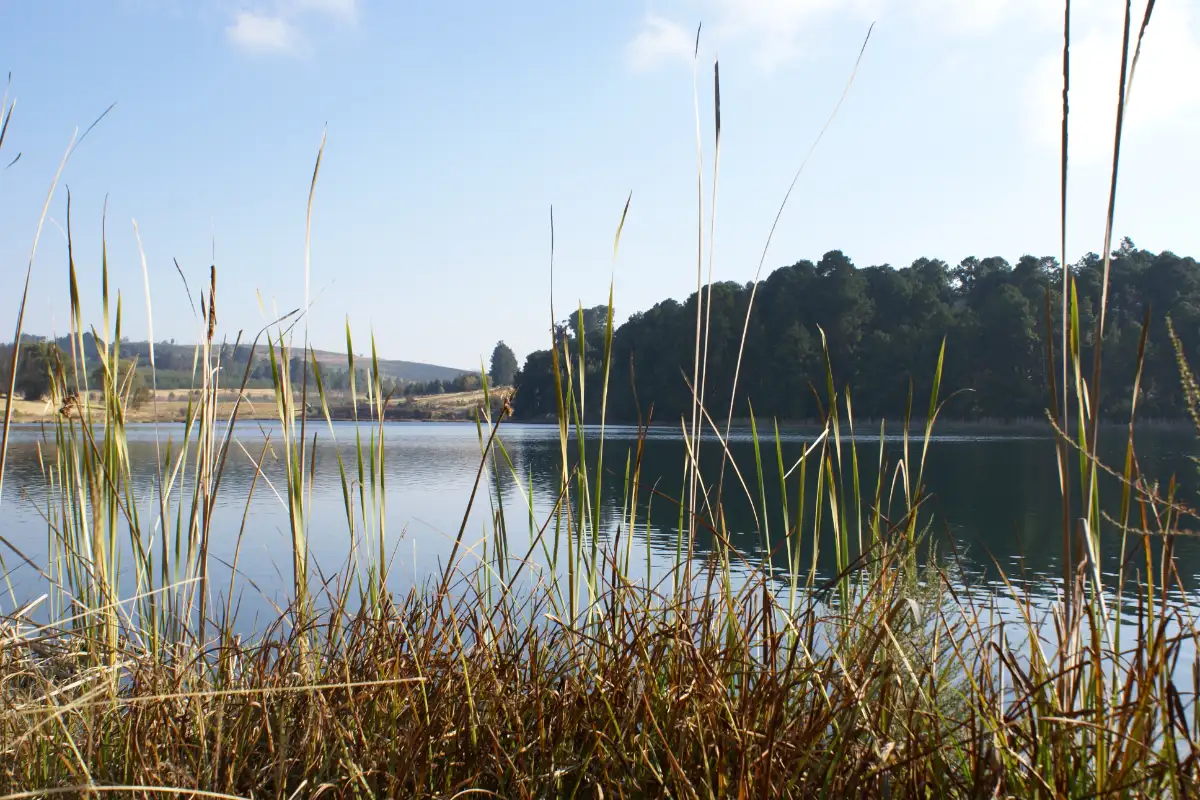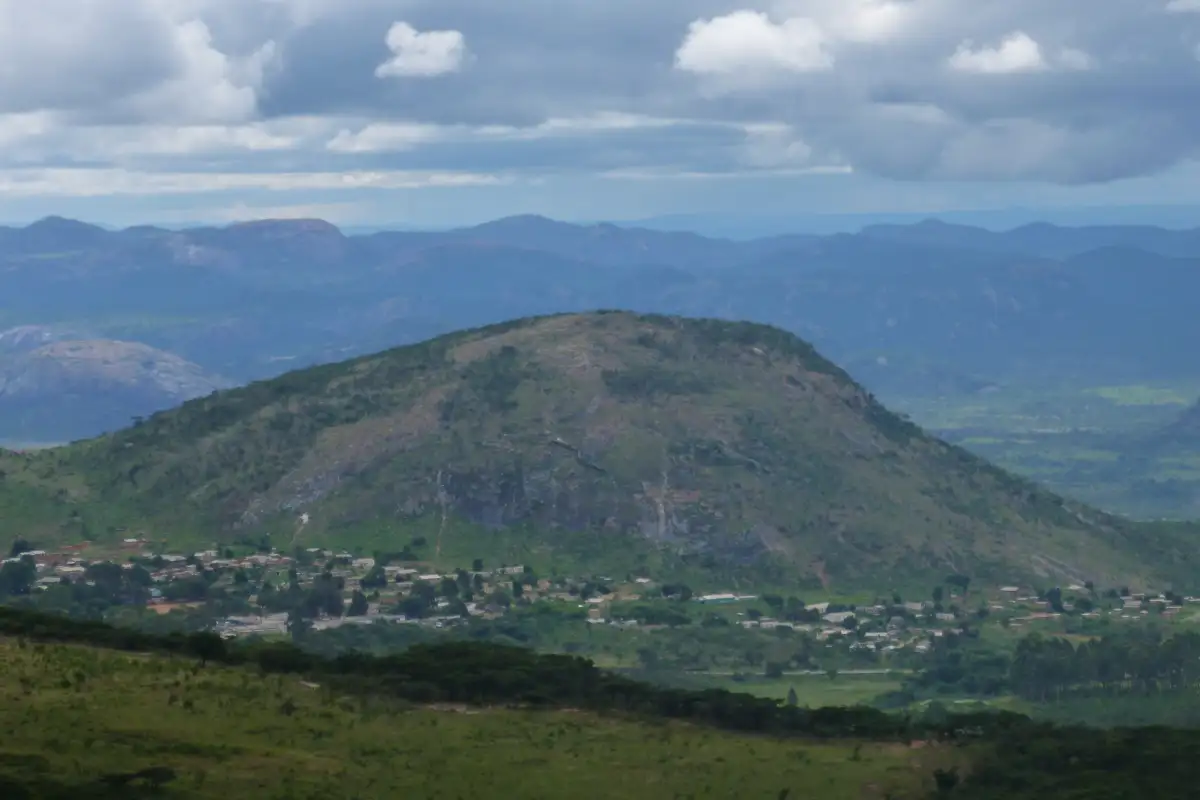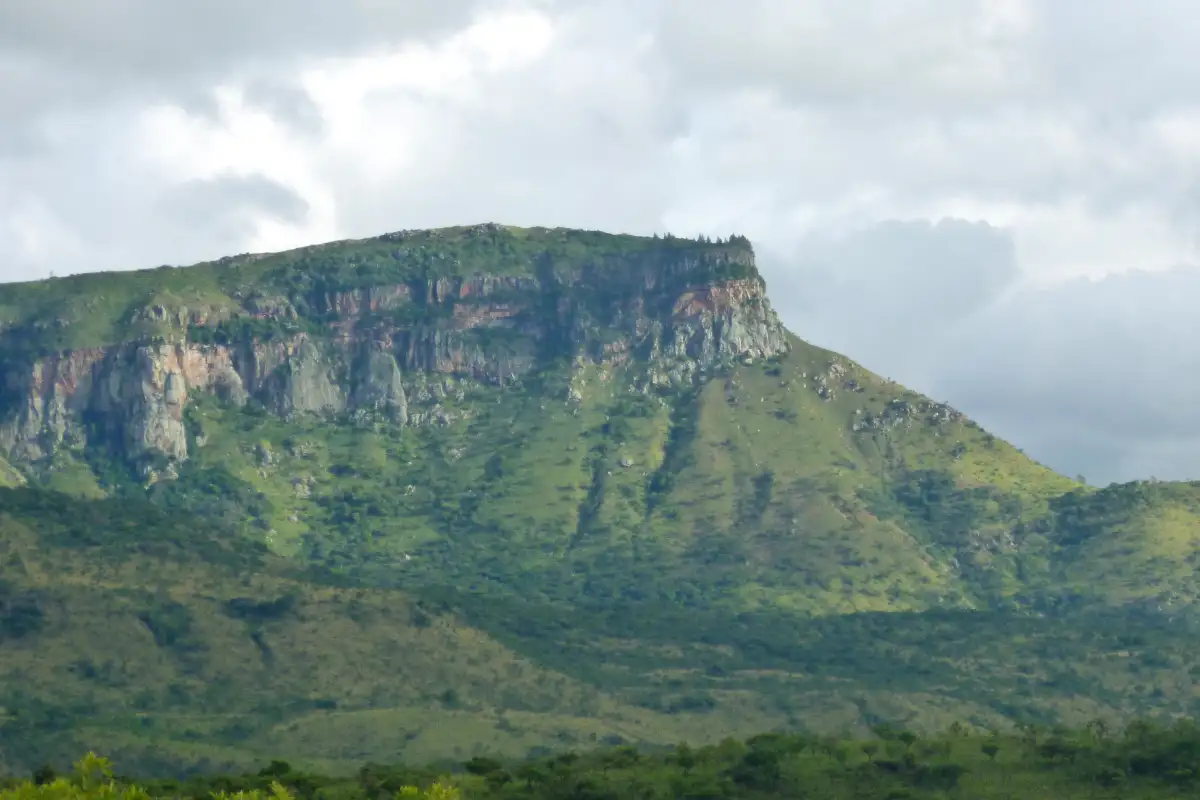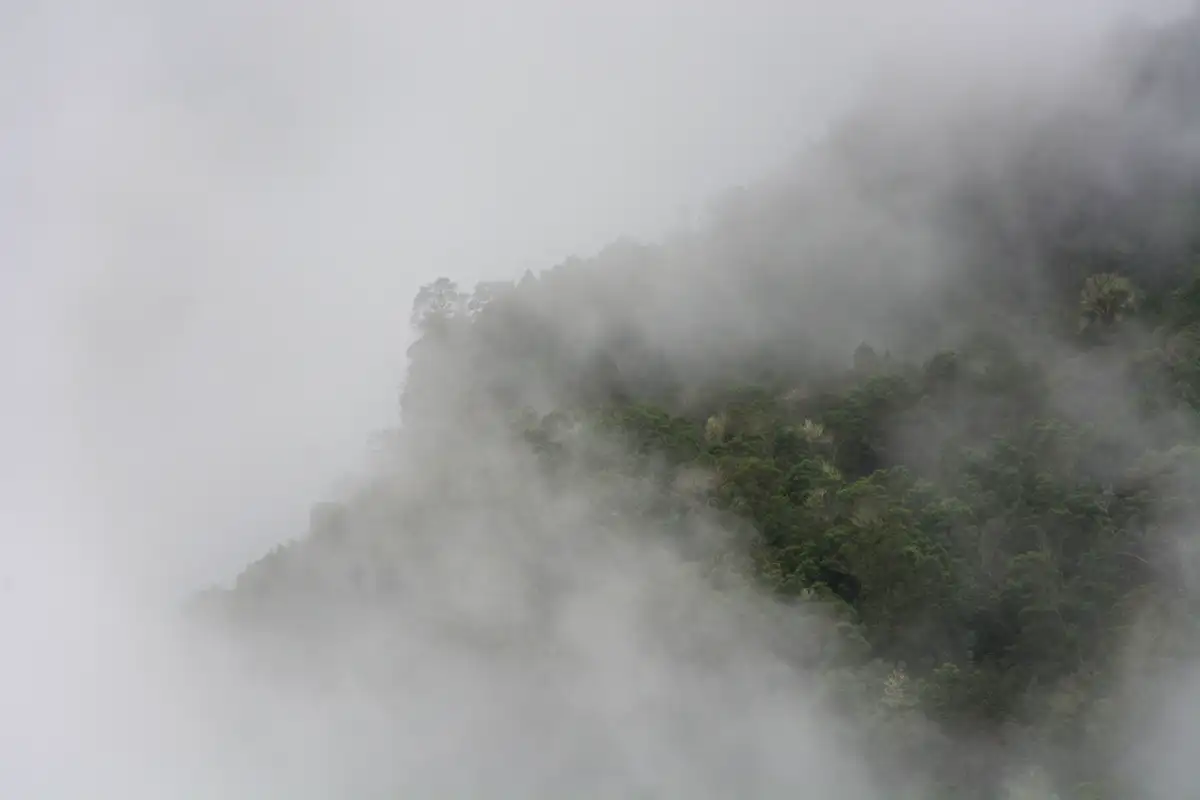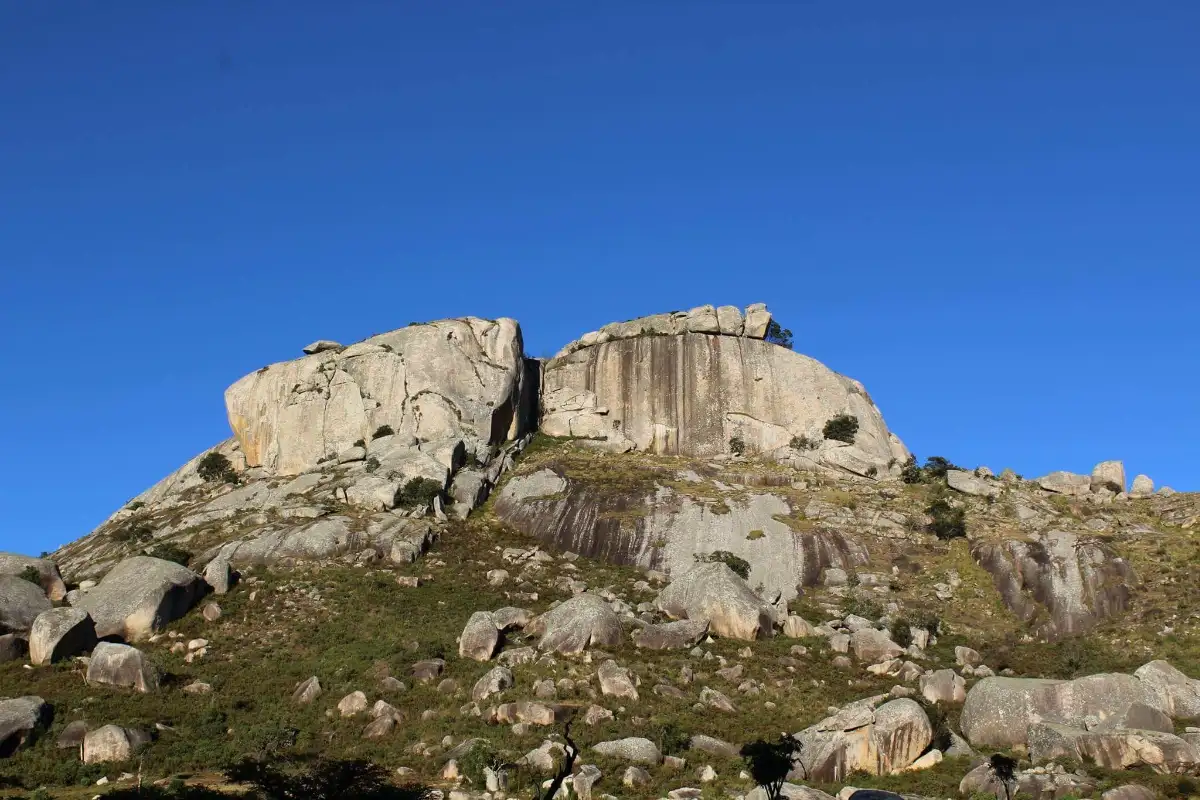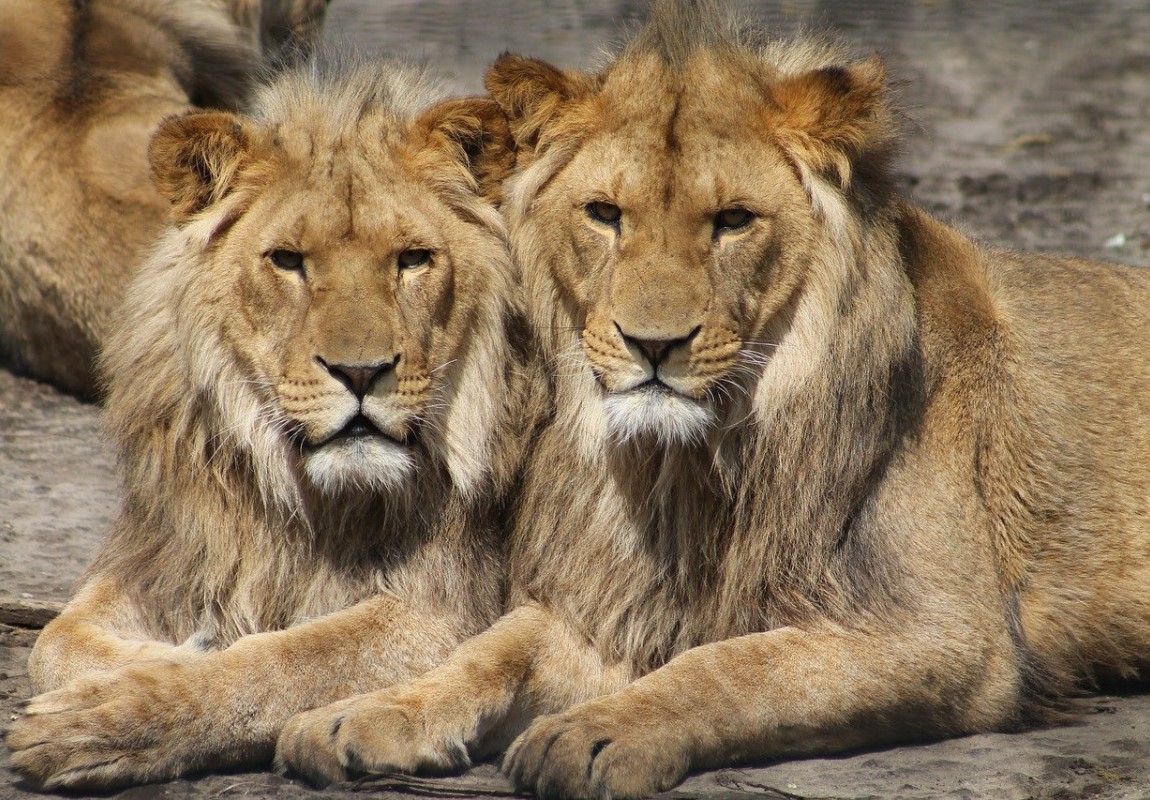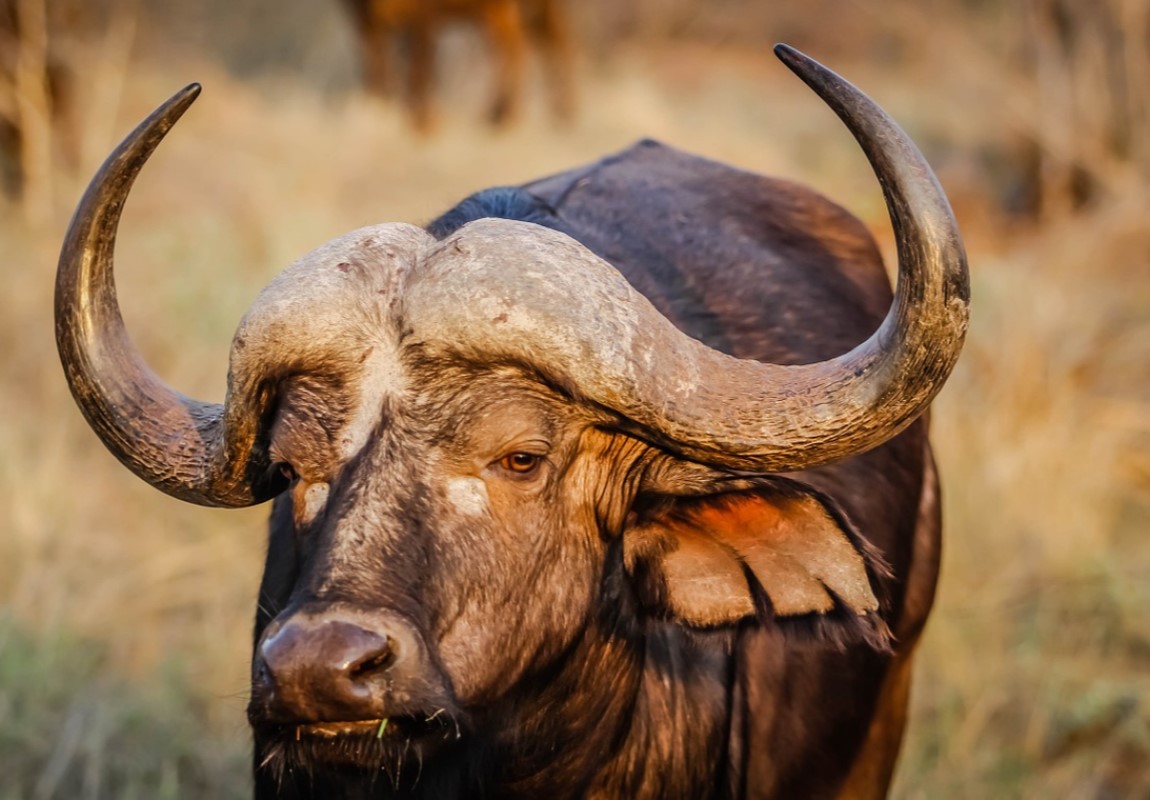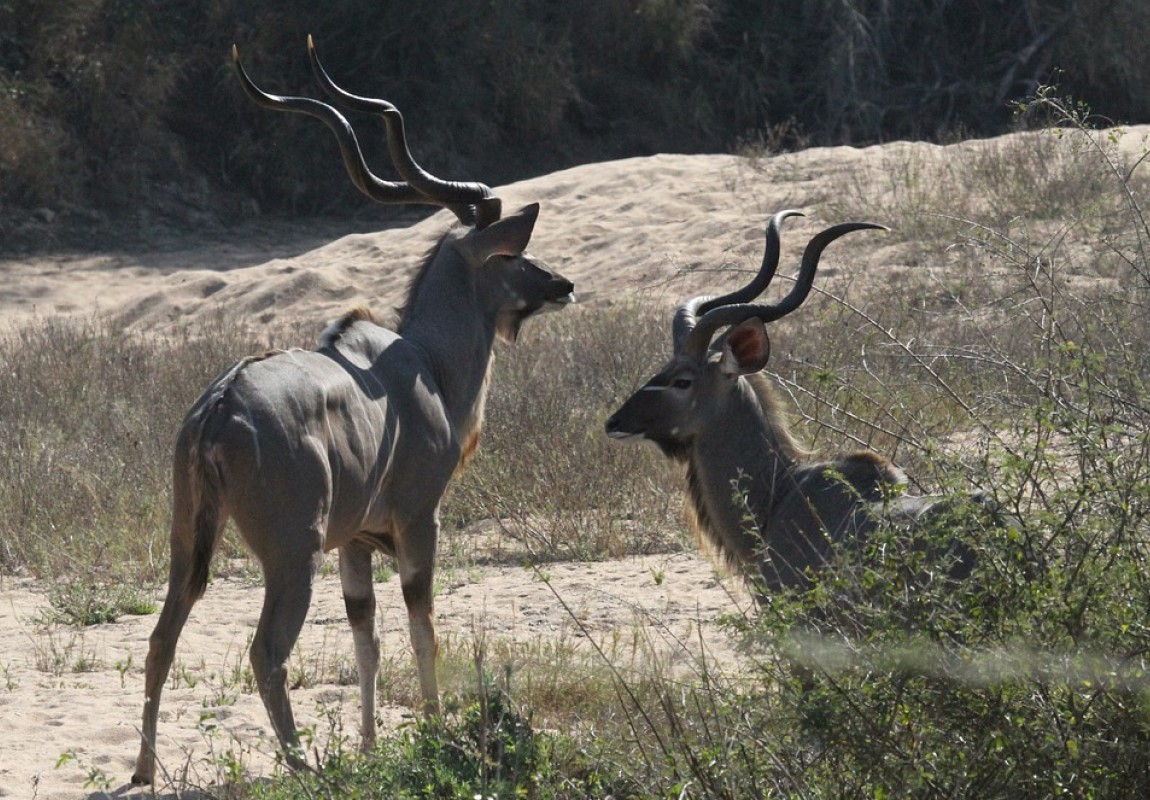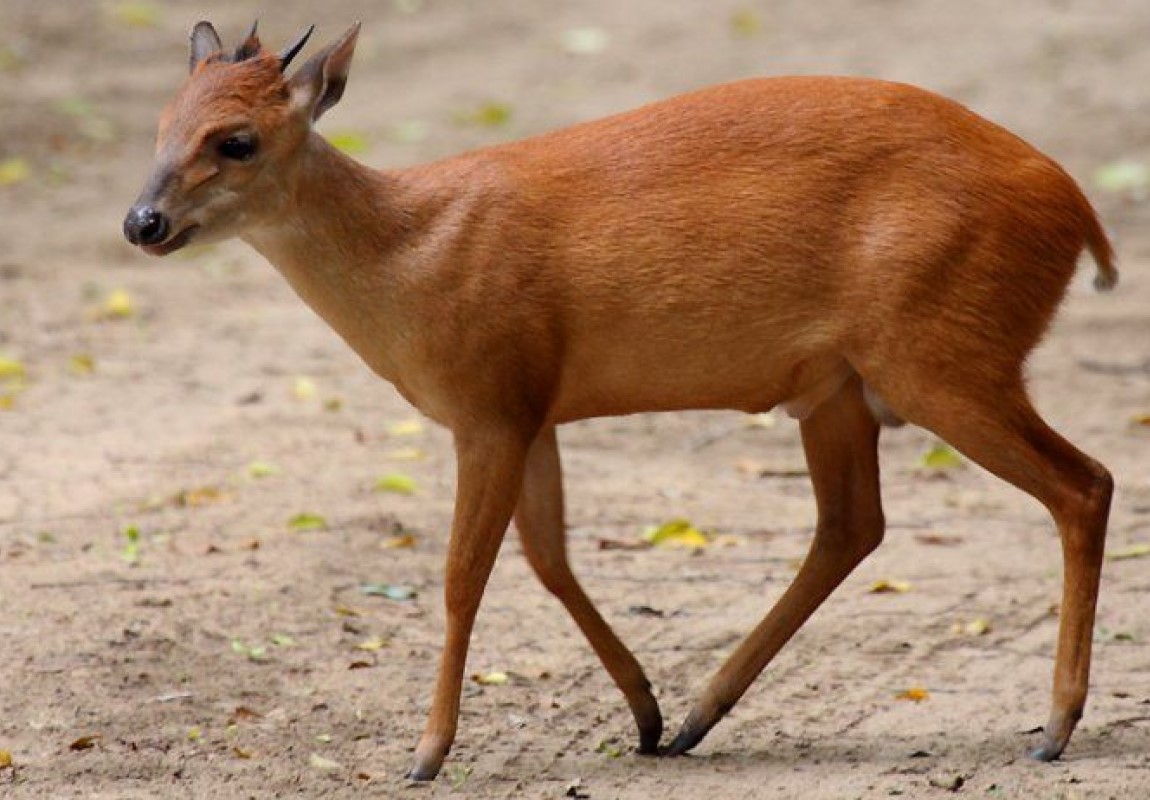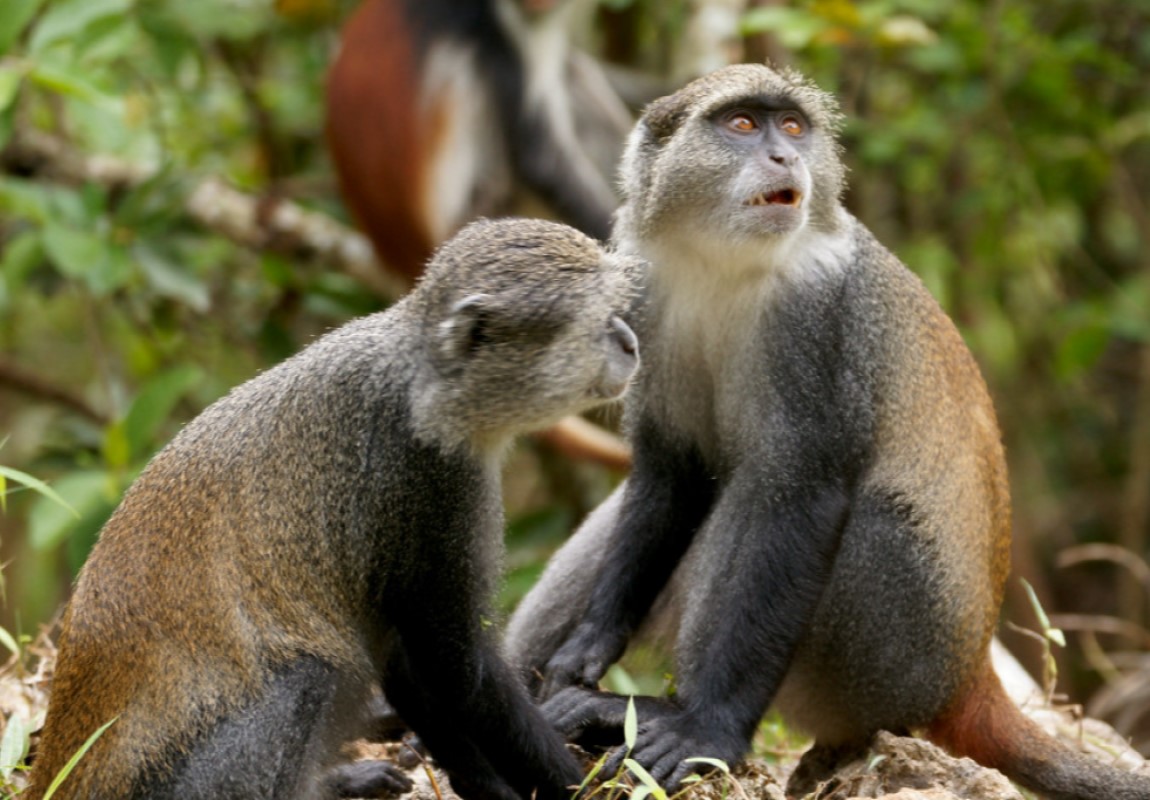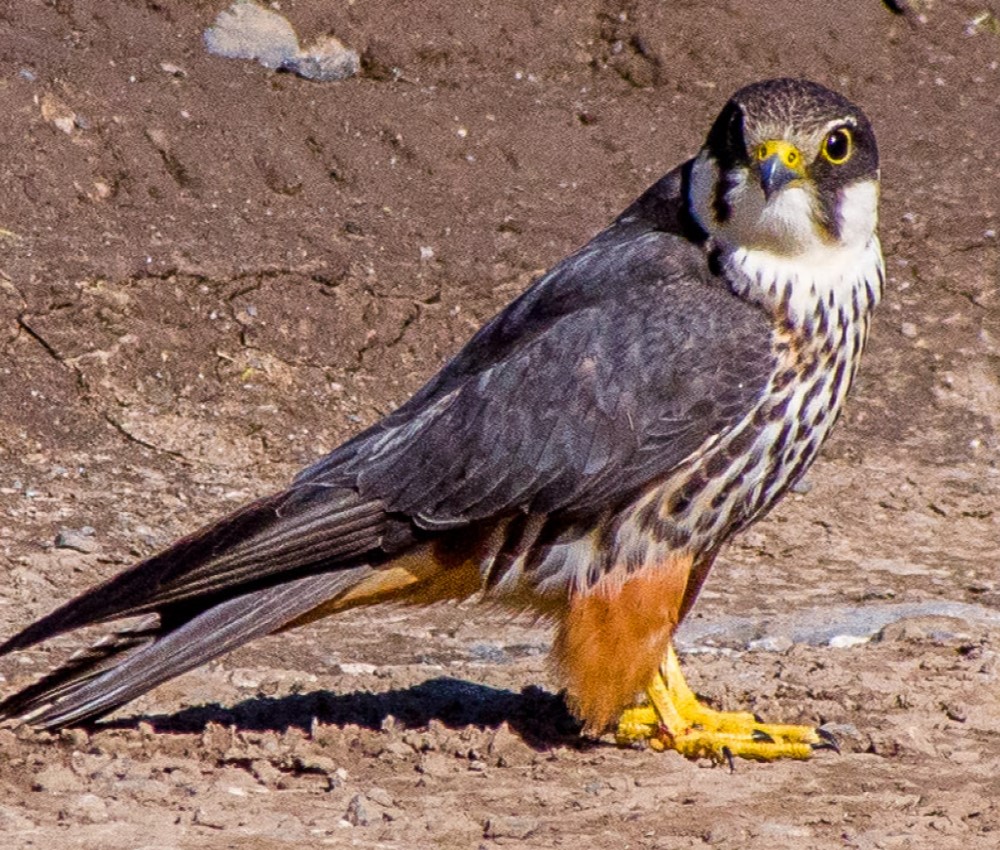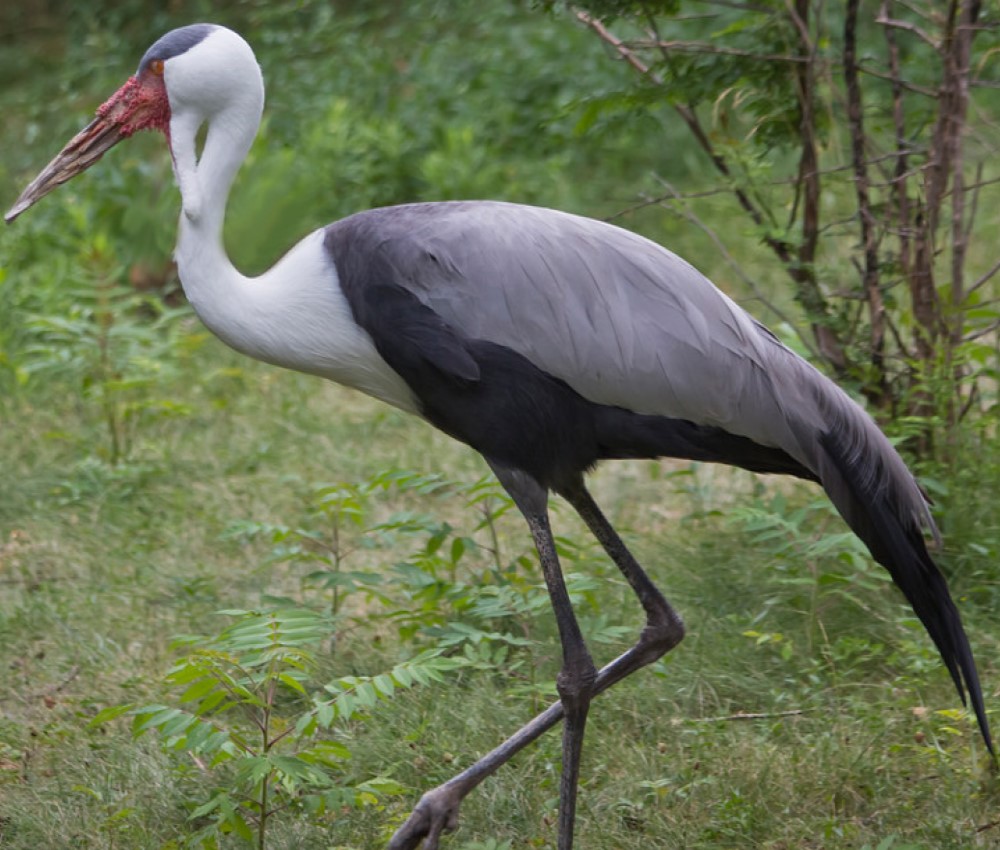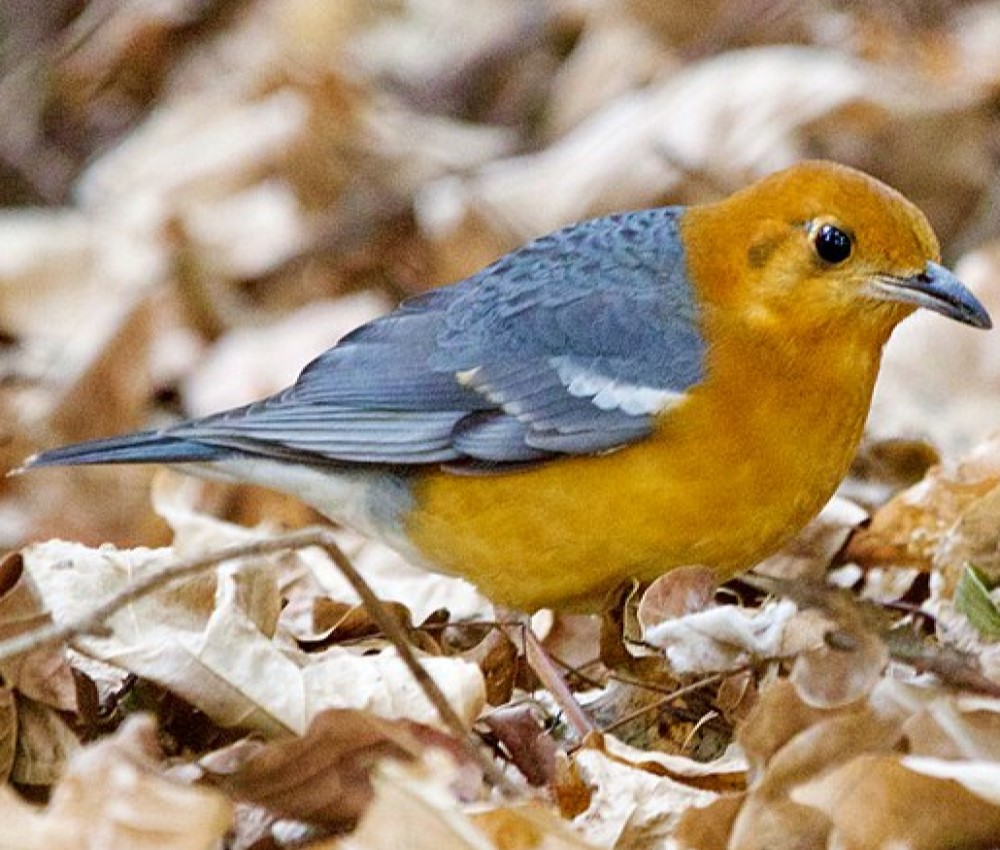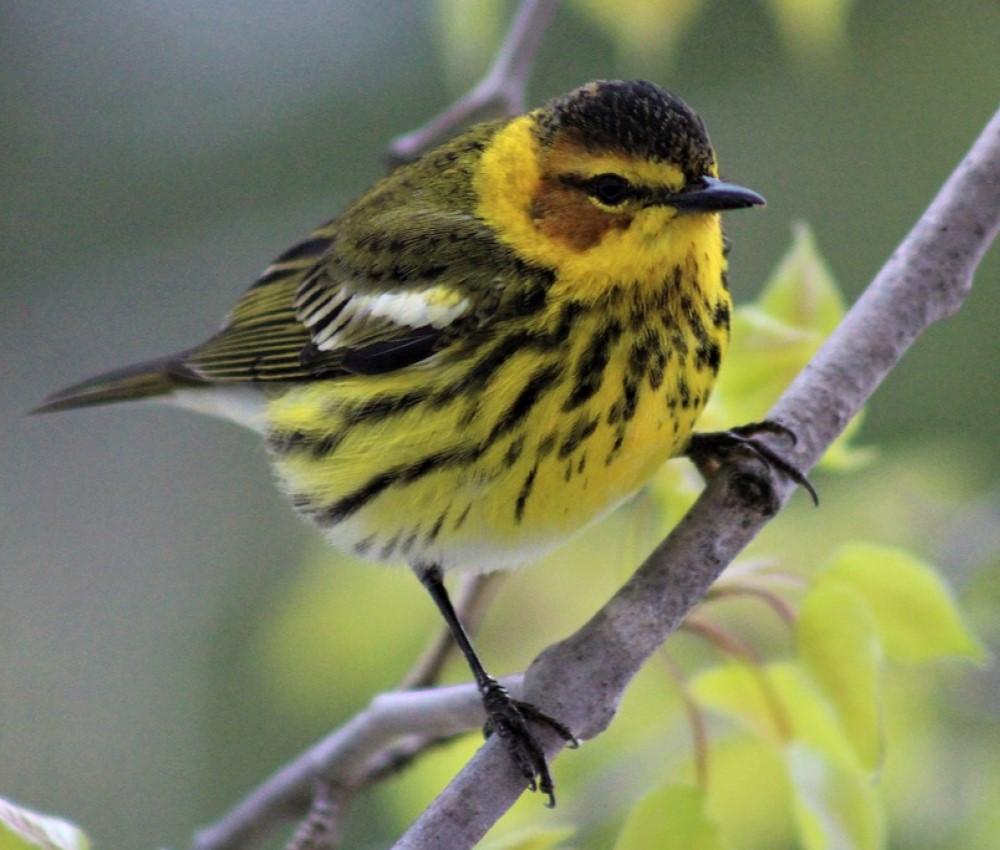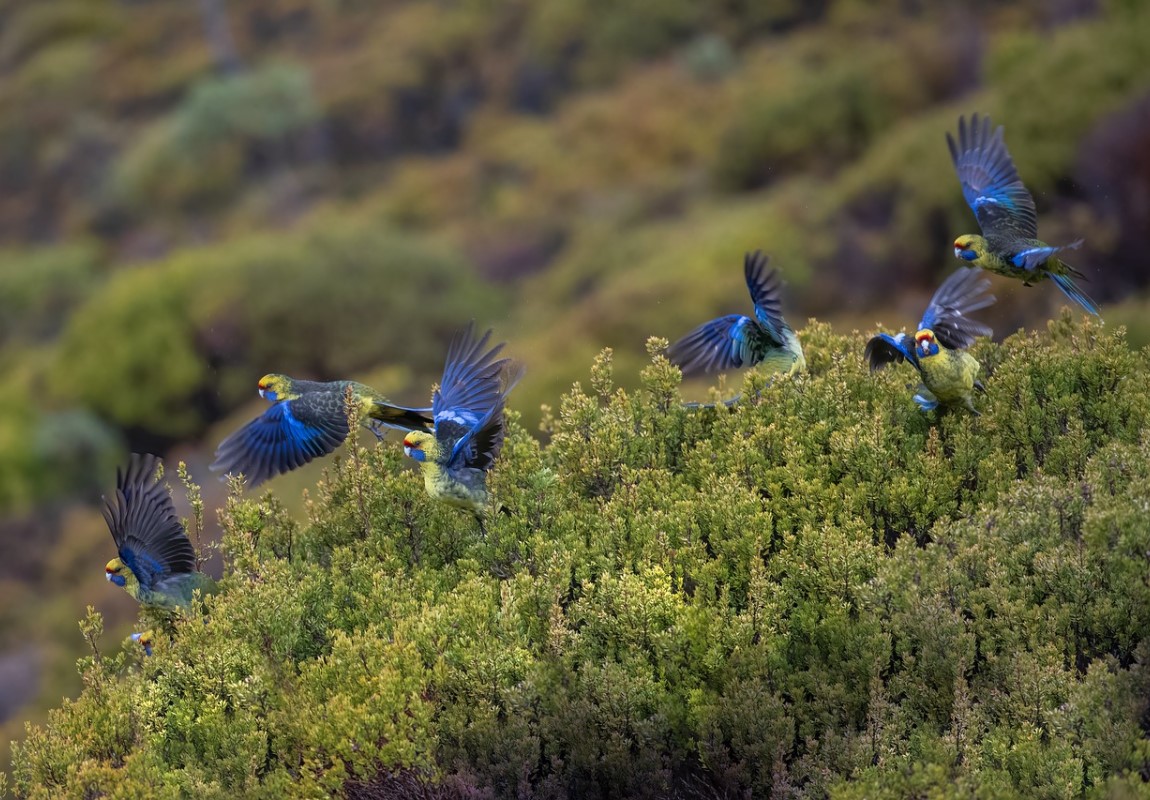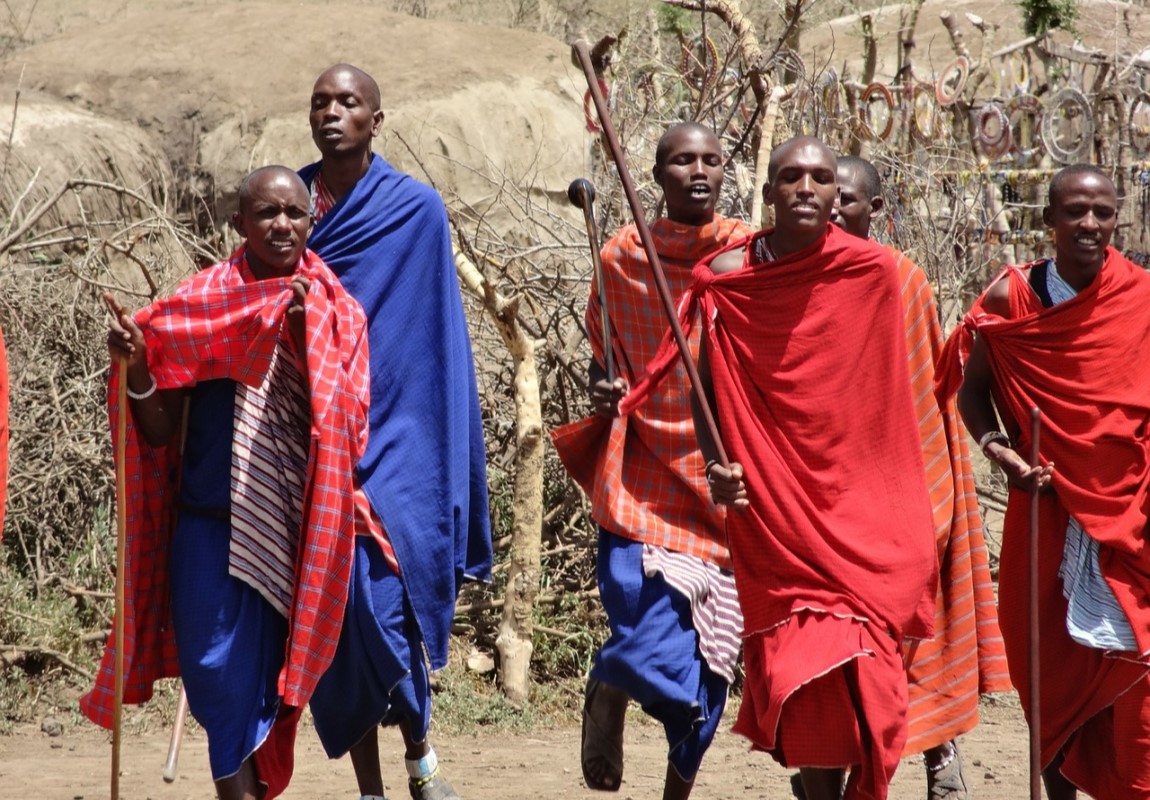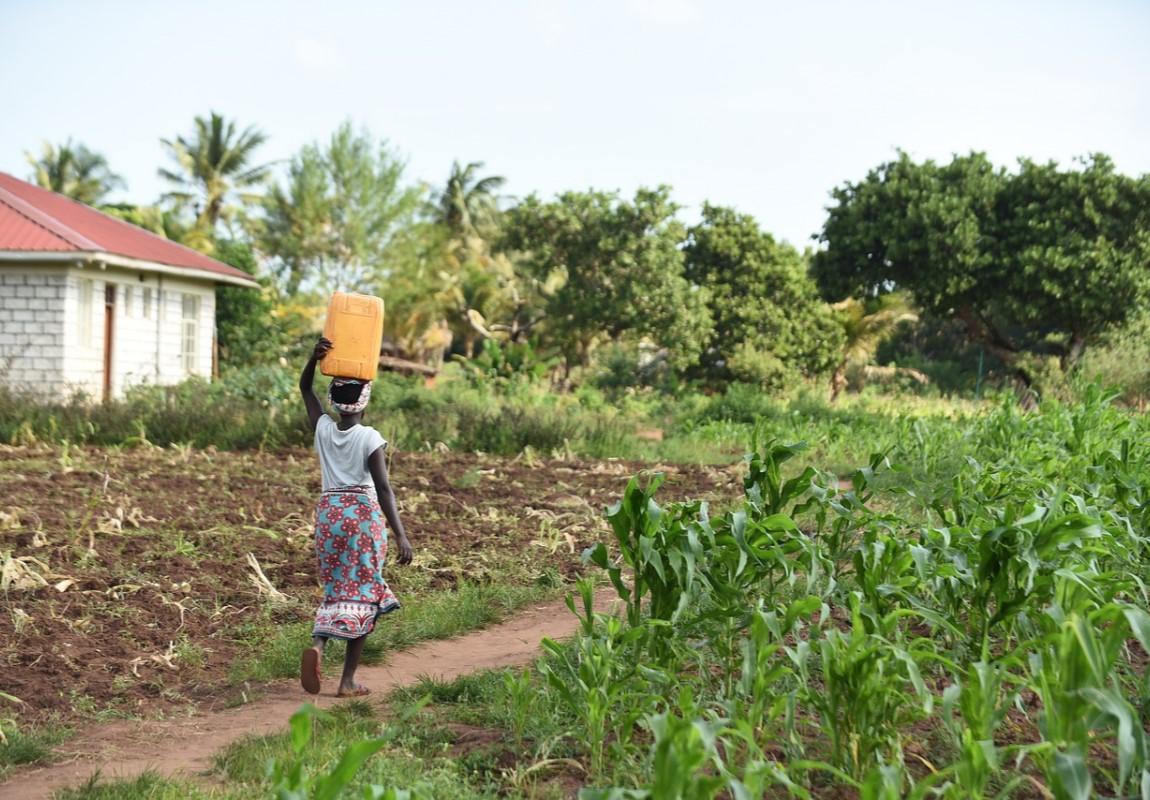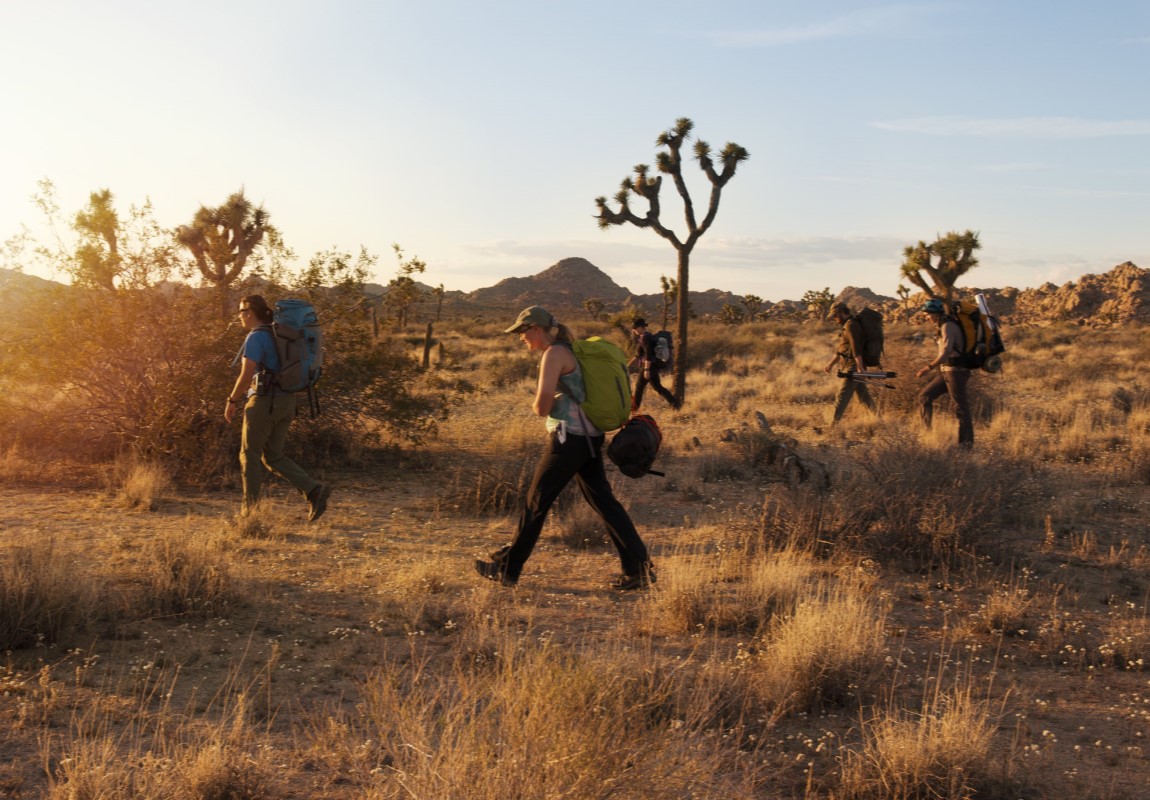Starting from
$500PP
Overview
Nyanga National Park lies in the north of Zimbabwe's Eastern Highlands. One of the first national parks to be pronounced in the country, it contains the most elevated land in Zimbabwe, with green slopes and enduring waterways. Mount Nyangani which is the highest point in Zimbabwe lies inside the National Park. On the other hand, Mutarazi Falls which is the highest waterfall in Zimbabwe falls down in full glory. Nyanga National Park is home to different species. The fundamental fascination lies in the landscape and birding.
Pros & Cons
- Best hiking place
- Amazing birding destination
- Good fishing opportunities
- Accommodation options available for a variety of budgets
- Very few wildlife viewing opportunities
- Human encroachment and lack of wilderness appeal
- Travelling by 4WD is essential in the Wet season
Map in Zimbabwe

Want to Visit Nyanga National Park?
Gallery Images
Explore the stunning beauty of Nyanga National Park through our curated collection of photographs showcasing its landscapes, wildlife, and natural wonders.
Want to Visit Nyanga National Park?
Wildlife & Animals
Nyanga National Park offers a remarkable diversity of mammals, including occasional sightings of species such as buffalo and lions that stray into the region from the Mozambique lowlands. Visitors are likely to see kudu, reedbuck, klipspringer and several other antelope; predators, including leopard and hyaena, are also present. The African clawless otter is common in the upper Kairezi River, in the northeast of the park.
Wildlife Highlights
The park is best known among wildlife conservationists for its populations of blue duiker and Samango monkeys. Few safari animals are remaining in the park but some small wildlife is resident, including klipspringer, reedbuck and greater kudu. Samango monkey is also spotted regularly.
Best Time for Wildlife Viewing
The best time to visit the Nyanga National park for wildlife viewing is in the Dry season from July to October when water is inadequate and animals gather to drink around water sources. At this time the vegetation is also thinner making sightings easier.
Want to Visit Nyanga National Park?
Birds
Nyanga has a large variety of birdlife and hundreds of species have been sighted within the Park. The mountains are important for the rare Taita Falcon and summer brings Blue Swallows to the montane grasslands to breed. Wattled Crane also breeds in the area. The forests are known for restricted range Chirinda Apalis and Roberts’s Warbler. Other special forest birds include Orange Ground-thrush, White-starred Robin, Swynnerton's Robin, Red-capped Robin-chat, Stripe-cheeked Greenbul, Barratt’s Warbler, White-tailed Crested Flycatcher, Yellow-throated Woodland-warbler, Barratt’s Warbler, Olive and Black-fronted Bush-shrike.
Best Time for Birding
The Nyanga offers a great birding experience throughout the year. However, the best time to visit is during the wet season from November to April. It is also the time when migratory birds from Europe and northern Africa are available and a lot of birds can be seen in breeding plumage.
Want to Visit Nyanga National Park?
Best Time to Visit – Nyanga National Park
The best time to visit the Nyanga National park for wildlife viewing is in the Dry season from July to October when water is inadequate and animals gather to drink around water sources. At this time the vegetation is also thinner making sightings easier.
April to October (Dry Season)
- It is sunny, and there is little rain
- Fewer mosquitoes and less chance of catching malaria
- The sky is hazy with a lot of dust in the air
- Warm clothes are recommended for the early morning & night chill weather
November to March (Wet Season)
- Birding is best as migratory birds are present
- Plenty of baby animals that attract predators
- The scenery is beautiful and at its most lush
- Extreme Hot and Humid climate
- The Dry season is better for wildlife viewing
Want to Visit Nyanga National Park?
Activities
Explore popular activities available in and around Nyanga National Park.
Want to Visit Nyanga National Park?
No FAQs available for this park yet.

 English
English French
French
